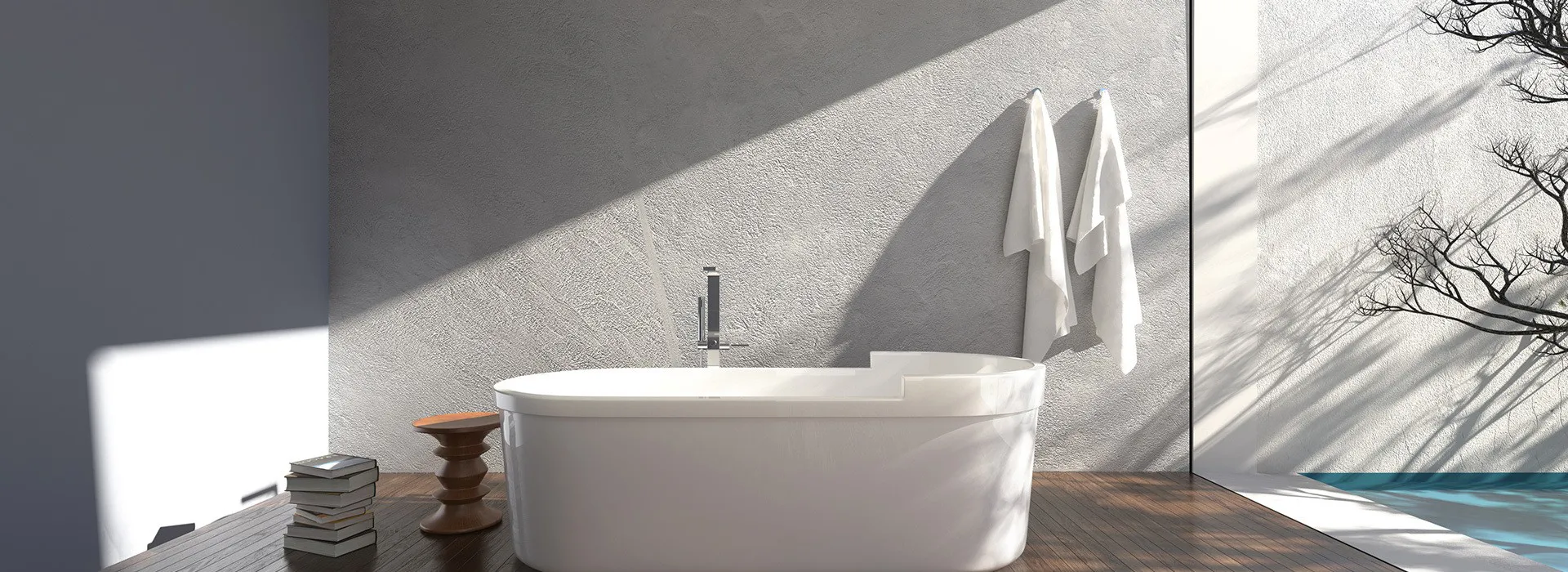
PVC pressure piping system

Installation of the PVC Pressure Piping System
1. Tools and Equipment
- Installing a PVC pressure piping system requires some basic tools. A PVC pipe cutter or saw is used to cut the pipes to the required lengths. A solvent cement is used for joining the pipes and fittings. For larger - diameter pipes, a primer may be applied before the solvent cement to ensure a better bond.
2. Installation Process
- First, the pipes are cut accurately. Then, the ends of the pipes and fittings are cleaned and dried. The solvent cement is applied to the mating surfaces of the pipe and fitting. The pipe is quickly inserted into the fitting and held in place for a short period to allow the cement to set. It is important to follow the manufacturer's instructions regarding the application of solvent cement and the curing time to ensure a proper and leak - proof connection.
Applications of PVC Pressure Piping System
1. Water Supply
- In residential, commercial, and industrial water supply systems, PVC pressure pipes are commonly used. They can be used for cold water distribution, as they are resistant to water - related corrosion and can handle the typical pressures in water supply networks.
2. Irrigation
- In agricultural irrigation systems, PVC pressure pipes are ideal. Their lightweight nature makes them easy to install in the field, and their ability to withstand the pressure required for water distribution in irrigation networks is well - suited for this application.
3. Chemical Transfer
- For some non - highly aggressive chemical transfer applications, PVC pressure pipes can be used. Their chemical resistance allows for the safe transportation of certain chemicals within a facility or between different processes.
Advantages in Terms of Cost and Maintenance
1. Cost - Effectiveness
- The initial cost of PVC pressure piping systems is relatively low compared to many other piping materials, such as metal pipes. This makes them an attractive option for budget - conscious projects.
2. Low Maintenance
- PVC pressure pipes require minimal maintenance. They are not prone to rusting or scaling like metal pipes. Regular visual inspections are usually sufficient to ensure the proper functioning of the system, and any repairs or replacements are generally less costly compared to metal piping systems.

